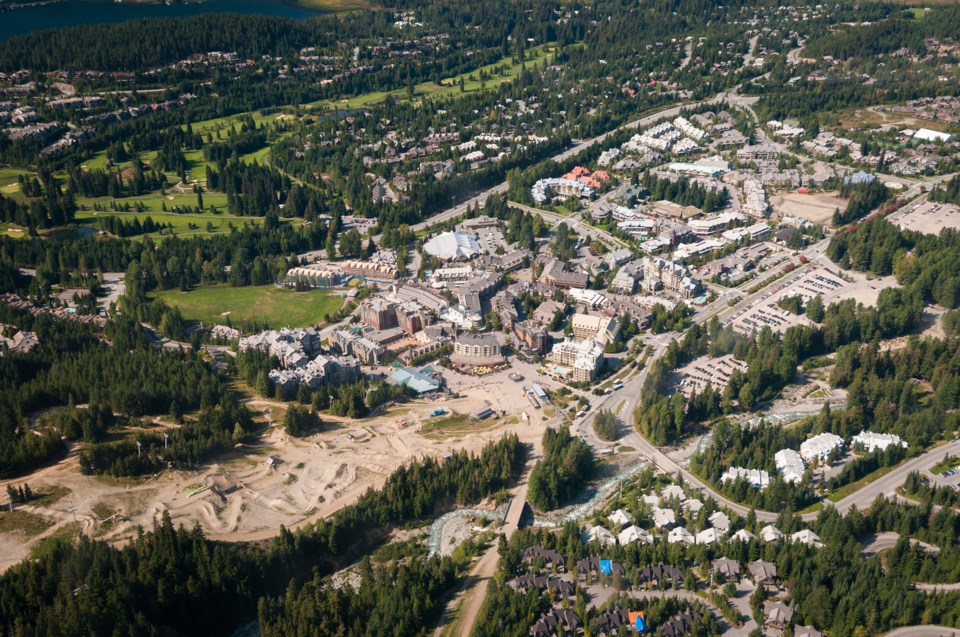Whistler is often held up as a shining example of employee housing done right, and with more than 7,000 beds of resident-restricted rental and ownership housing delivered since the Whistler Housing Authority’s (WHA) inception 25 years ago, there’s no denying the community is ahead of the curve when compared to other resort towns.
And yet, for all its effectiveness, the WHA has understandably been unable to resolve Whistler’s longstanding affordable housing crisis alone, and the Resort Municipality of Whistler’s (RMOW) new Housing Action Plan reflects the barriers that still persist here. From expanded infill housing to expedited building timelines, the guiding document contains no shortage of ambitious ideas.
In the first of Pique’s series delving deeper into the plan, we hone in on one of six focus areas the municipality has arrived at to improve Whistler’s housing landscape: Protect and optimize employee housing.
For the purposes of this series, Pique will focus on the initiatives already underway or planned for this year, as well as future potential actions under consideration.
Strengthening employee housing education and enforcement
An effort that gained momentum in 2022, the RMOW wants to continue prioritizing housing covenant education, compliance and enforcement, an effort that last year resulted in the turnover and sale of six WHA homes.
“Every time we gain compliance, and employee housing is used as the covenant directs, we get units back into service at a far lower cost. Those six units that have been returned to us are a big deal for our community. We expect to do more of the same,” said Mayor Jack Crompton. “Many of the covenants that we have are old and sometimes the people living in them aren’t aware of exactly how they are permitted to be used, so that education is important for people to understand the covenants on title on their homes.”
The municipality dedicated more resources to housing education and enforcement last year, a trend Crompton said would continue in 2023.
Incentivize rentals in employee-restricted units
Dovetailing with the RMOW’s education and enforcement efforts is a desire to better incentivize the rental of available rooms in employee owner-occupied homes and employee-restricted suites, a potential future action being considered.
Because some rental rates are restricted by covenants registered on title, staff suggested providing an “easy reference” for property owners to understand the rental rates allowed under their existing agreements, according to the plan. This could result in existing rental rates being evaluated to help incentivize owners to rent their units out.
“There’s been a lot of conversation about how some of the maximum allowable rental rates on existing suites are too low and therefore people don’t rent their suites,” Crompton said. “That’s something we want to look into to understand if amending those caps will drive owners to rent their units more often.”
Review owner-restricted inventory utilization
In a similar vein, the RMOW floated as a possible future action the review of owner-restricted employee housing inventory to “further identify differences in unit values and understand potential impacts for retirees looking to downsize,” the plan stated, likely through WHA surveying.
“One of the interesting points that some people have made is that it’s difficult to move within the WHA inventory, so there may be ways to allow for people to downsize and others to upsize within the existing WHA inventory,” Crompton said.
As part of this potential action, the RMOW could consider maintenance and renovation costs in relation to WHA price appreciation restrictions when owners look to resell their homes.
Update council’s seniors housing policy
With a view towards helping Whistler’s seniors age in the community, another potential future action is updating council’s existing seniors housing policy to “address aging-in-place features for seniors housing units and explore models to facilitate independent living and supportive housing,” the plan said.
The update will be in tandem with Vancouver Coastal Health’s upcoming Sea to Sky health services master plan, which will address health and wellness needs in the corridor as well as future population growth, seasonal fluctuations, and aging projections for the Whistler, Pemberton, and 麻豆社国产areas.
The regional health authority will begin its 18-month engagement with First Nations partners, local communities, municipal governments, and medical staff in June.
“Our housing approach needs to align with whatever the outcomes of the master-planning process is,” Crompton said. “We’re looking for ways to ensure that there are features of our seniors’ housing units that serve the people who want to live in them and the health-care services that we have here dictate how well those people can be served in their housing and in the health-care system. I think it’s important to recognize this connection between aging in place and our health-care system in the region.”
Check back with Pique in the coming weeks for more on the RMOW’s Housing Action Plan.




